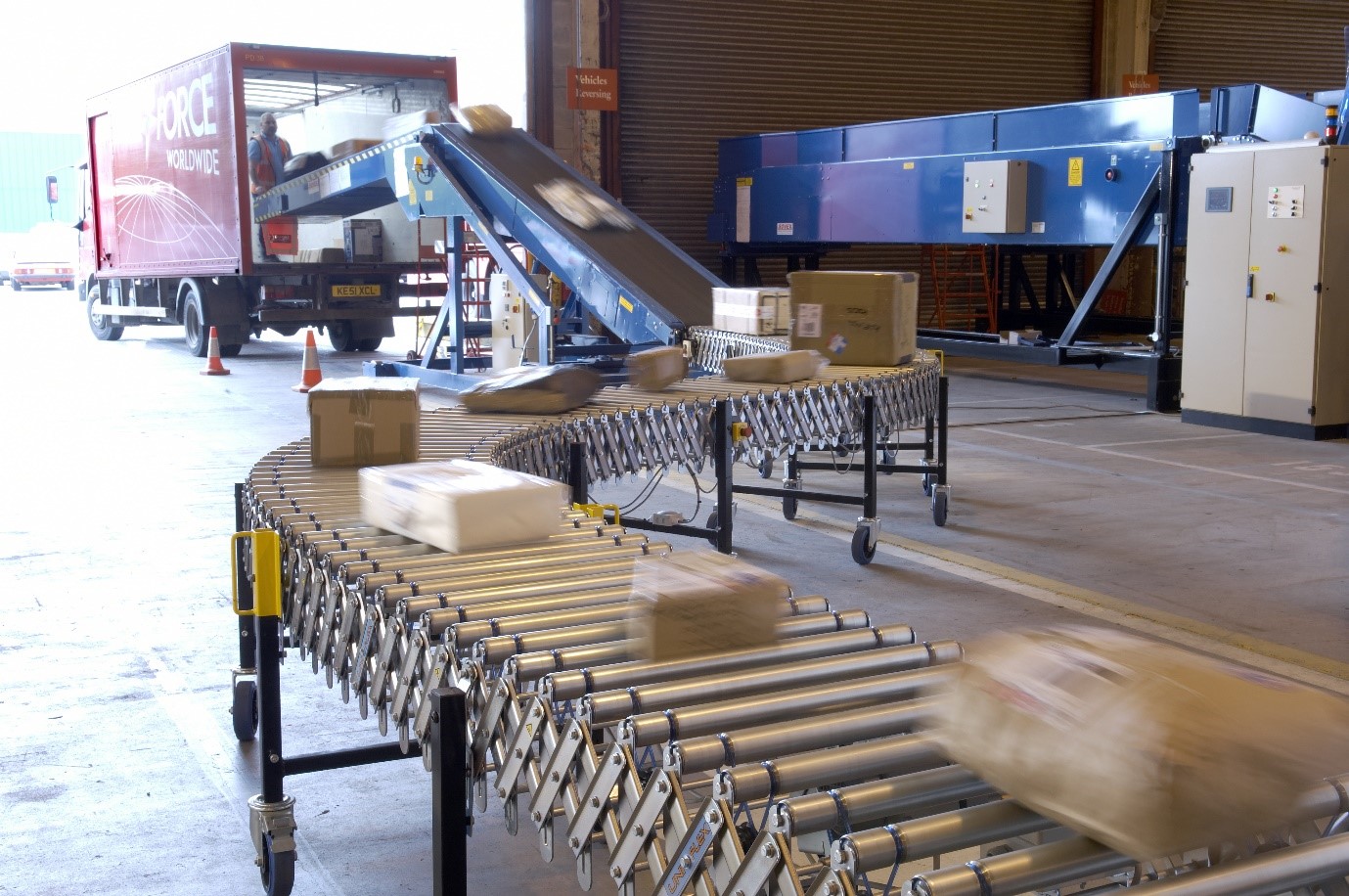As a business, how can you improve efficiency in the process of taking orders to make customers happy and increase accuracy and increase profits? Here are some tips for improving your warehouse selection processes:
- Touch an item once: Focus to prevent errors during pickup and you won’t need to repack, or check shipping. The selected inventory must use trucks that are only touched by pickers. Also choose shipping cartons, not laptops.
- Rely on system verification: Design your standard operating procedure to re-verify almost every step in the retrieval process. You can loosen this later as needed. For example, use the verification flag select area to scan users and verify LPN, quantity, items, etc. Recalculate or Count Near Zero can also be used to calculate the remaining inventory at a location that is in line with the take.
- Think about different storage plans: Adjusting to using a variety of storage can increase efficiency in a warehouse. Slotting, for example can increase storage intensity, reduce accidents or product damage, reduce jams and increase pickup time. Review retention strategies regularly to keep in line with present seasonal demand.
- Make a warehouse inside a warehouse: You can get extraordinary efficiency by grouping 20 percent of your SKUs that complete 80 percent of your orders. This saves travel time for your picker. Make sure, however, that the 80/20 area or zone is well designed to accommodate high volume activities.
Consider a different order collection method:
- Picking in zones: Every individual order picker is given a designated zone and is only to be aware of their own order collection in this zone.
- Picking in batches: Order pickers are assigned and choose several orders simultaneously, minimizing trips to each location.
- Wave picking: Variation in zone and group collection. Instead of orders moving from one zone to the next zone for collection, every zone is taken at the same time and the goods are then sorted and allocated into specific shipments or orders.
Consider flexible conveyors: These can be adjusted depending on need and can greatly speed up the process of transportation of items to the required location inside a warehouse. For more information about Flexible Conveyors, visit https://fmhconveyors.com/products/flexible-powered-conveyors/
Consider automation: Order pickers spend about 60 percent of their time running or moving products. Consider automated solutions, such as conveyances, to greatly lower their current excessive travel time. Consider placing additional powered workstations to rid the process of unnecessary steps.
Remove the need for too much walking and lessen tiredness for more accurate picking: We all make more errors when fatigued, and so do your orders for employee selection. Try to stay still, not move and you will see faster retrieval with fewer errors.


















